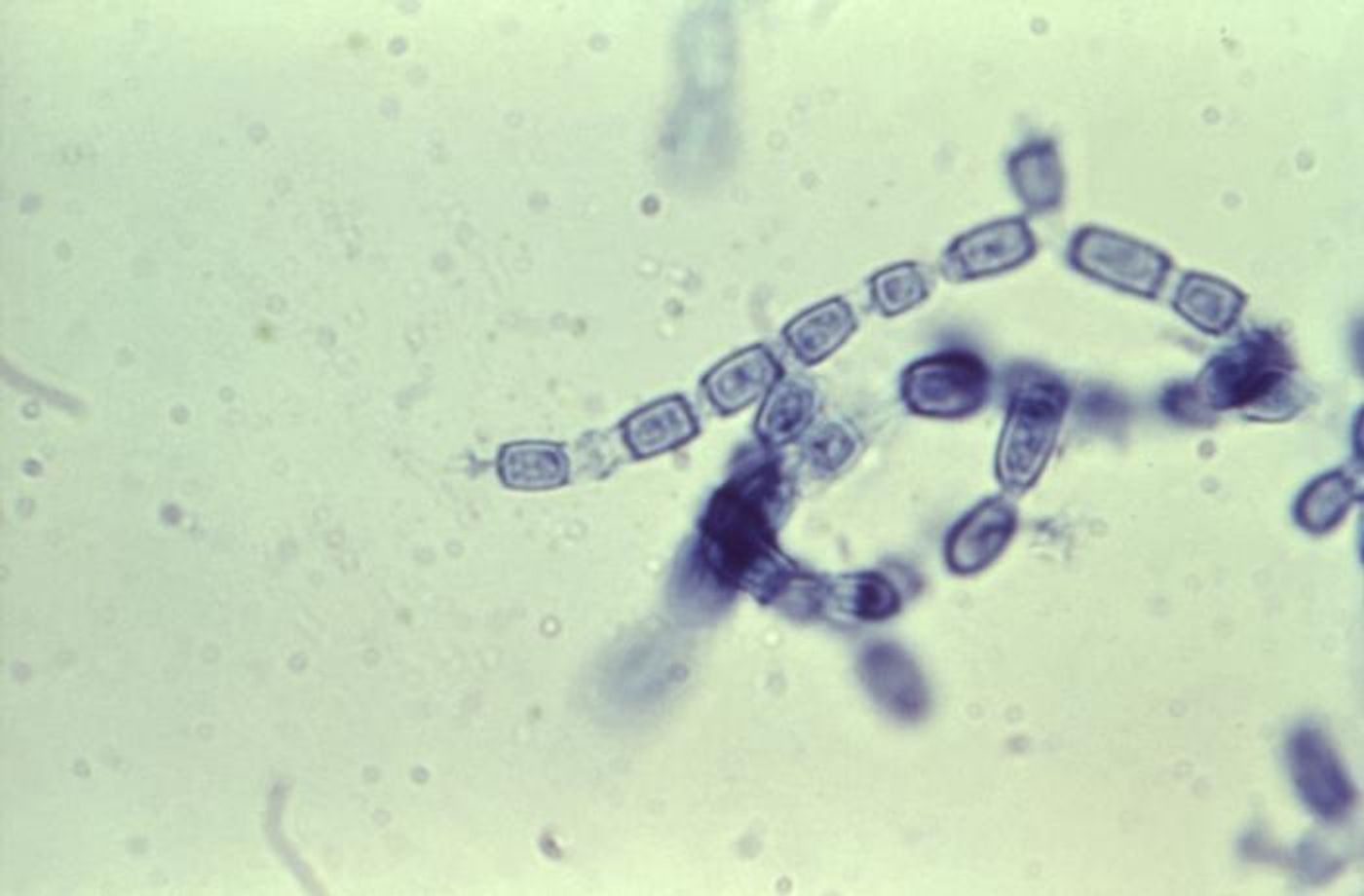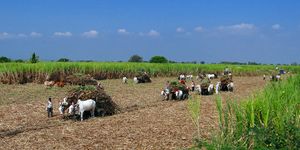Raising Awareness of Valley Fever
Valley fever primarily occurs in Arizona and California, according to the Centers for Disease Control and Prevention. It’s caused by a fungus called Coccidioides that lives in soils in the southwestern United States, some parts of Mexico, Central and South America, and has also been identified in south-central Washington State. Individuals only have to breathe air that’s carrying microscopic fungal spores to become infected. Poeple cannot get the illness from infected individuals or animals. Once the spores enter the body, they change form in the tissue, according to the Valley Fever Center for Excellence.
However, most people that are exposed to the fungus don’t get sick. About 10,000 people are diagnosed with Valley fever every year. Symptoms resemble the flu, and may include fatigue, shortness of breath, cough, fever, headache, muscle aches, joint pain, and an upper body or leg rash.
Because these symptoms occur in so many different illnesses, Valley fever can be extremely difficult to diagnose (and the number of infected individuals may be higher). Some people wait months for a diagnosis, and sometimes the symptoms resolve on their own with no treatment. In severe cases, antifungal medications can keep the infection from progressing. It’s thought that around forty percent of people infected with Valley Fever have to be hospitalized. The CDC estimates that the average case of Valley fever that requires hospitalization costs nearly $50,000. It can cause serious lung infections and might be confused with other respiratory disorders, including lung cancer.
The CDC is working to spread awareness of the disease among the public and clinicians. They are also trying to develop better tools that can identify the Coccidioides fungus. Valley fever can strike people of all ages, but certain groups may be at higher risk, like people with weak immune systems, diabetics or pregnant women.
Right now, there is no vaccine for the illness. People that live in or have traveled to areas where the fungus exists are encouraged to be vigilant and that if they start to have symptoms of Valley fever, they should ask their doctor to test for it.









